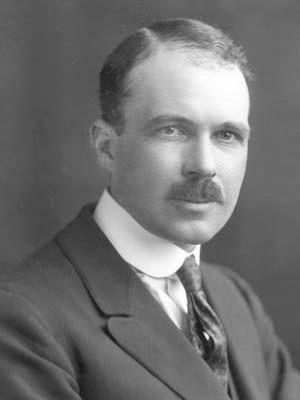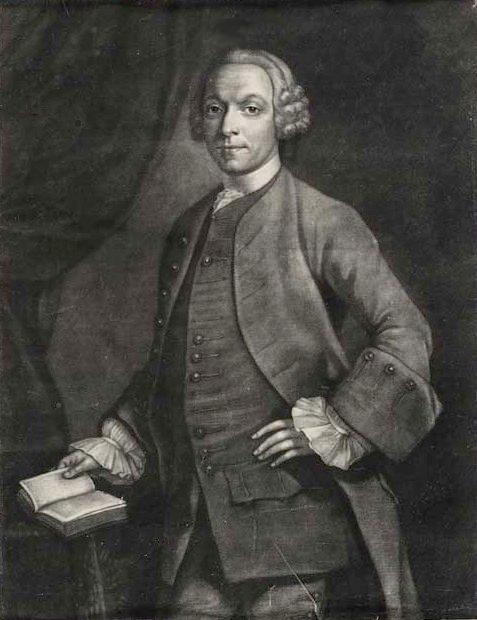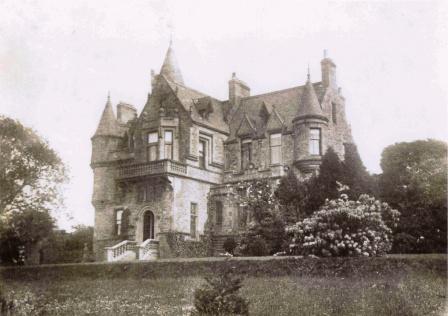Brief History of the Craft in Aboyne Freemasonry comes in a number of different forms, including Craft Masonry, Royal Arch Masonry and Templar Masonry. All three varieties existed in Aboyne during the 19th Century. George, 5th Earl of Aboyne (and from 1836 9th Marquis of Huntly) was elected Grand Master of the Grand Lodge of Scotland in 1802. At least from 1808 there was a Masonic Lodge in Aboyne and Lord Aboyne was the Master. He was still fulfilling that role in 1820. The Royal Arch Lodge existed from a similar date. This variety of Masonry is considered to be complementary to Craft Masonry in that it deals with man’s spiritual nature, as distinct from the more practical matters. In 1818 there was a merger between two Templar Encampments, the St George and the Aboyne to form the St George Aboyne Encampment. However, this Templar Encampment seems to have been an Aberdeenbased organisation, in spite of its name. In 1919 over 100 Masons assembled at Aboyne to celebrate a Masonic Centenary but precisely what centenary is unclear. In 1824 a Masonic Hall was built in Aboyne. It is likely that it was owned by the Aboyne Gordons as part of their Aboyne estate. A notice was placed in the Aberdeen Journal on May 1826, offering the “spacious and elegant hall belonging to the Aboyne Lodge of Masons” for let for a year from June. However, in December of 1826 the Lodge held its AGM in “their Hall”, with a Ball in the evening, so perhaps no let was obtained. In 1827, another notice offered a “large commodious house in the Village of Charleston belonging to the Charleston of Aboyne Lodge of Freemasons will be let for 1 year from Whitsun first and will be let for 1 year from Whitsun next.” In 1828 it was again offered for let “Mason Hall with 8 rooms a small garden and pump well. Well worth the attention of a innkeeper or merchant.” The Aboyne Lodge of Freemasons appears to have run a friendly society for its members from at least 1828, because they agreed a resCross Keys February 2021
olution in that year to dissolve the society and to distribute the assets amongst the members. The dissolution appears not to have occurred because in 1844 dissolution was again moved but was defeated. Again the matter was considered in 1845, when it appears that the scale of benefits was reduced. The option of dissolution was further discussed in 1846, 1847, 1867, 1868 and 1873, when the Society was finally discontinued on and from 1 November. For some years expenditure had been higher than income, though at the time of dissolution there was a sum of £560 available for distribution to members. For much of the 19th century, the Freemason lodge at Aboyne was dominated by the Aboyne Gordons. George Gordon, 5th Earl of Aboyne and, from 1836, 9th Marquis of Huntly, was involved in a senior role, probably from its inception about 1816 until his death in 1853. His position was initially “Master” but was referred to as “Patron” from 1837, when his son, Charles (then Earl of Aboyne but after 1853 10th Marquis of Huntly) was elected to the position of RWG Master. In 1844 two other aristocrats became involved, Hon C.C. Cavendish and Lord Hallyburton, both took on the title of Honorary Master. About 1854 Charles Gordon, 10th Marquis of Huntly, was also elected as Provincial Grand Master Mason for the West of Aberdeenshire. He held the titles of President and Master of the Aboyne Lodge in 1856. After 1863 when the 10th Marquis of Huntly died, Lord JF Hallyburton assumed the role of Master and President. Lord Douglas Gordon, MP, a younger brother of Charles Gordon, 11th Marquis of Huntly MP appeared on the scene in 1877 and in 1879 assumed the role of master dying in 1888 at the age of 36. Charles Gordon, the 11th Marquis of Huntly, assumed the marquisate in 1863 at the age of 16 but he appears never to have had any interest in, or involvement with the Freemasons. After the passing of Lord Douglas Gordon, the Aboyne Lodge appears to have been led by non-aristocrats, starting with Duncan Calder in 1888, followed by Adam Burgess in 1890.
















